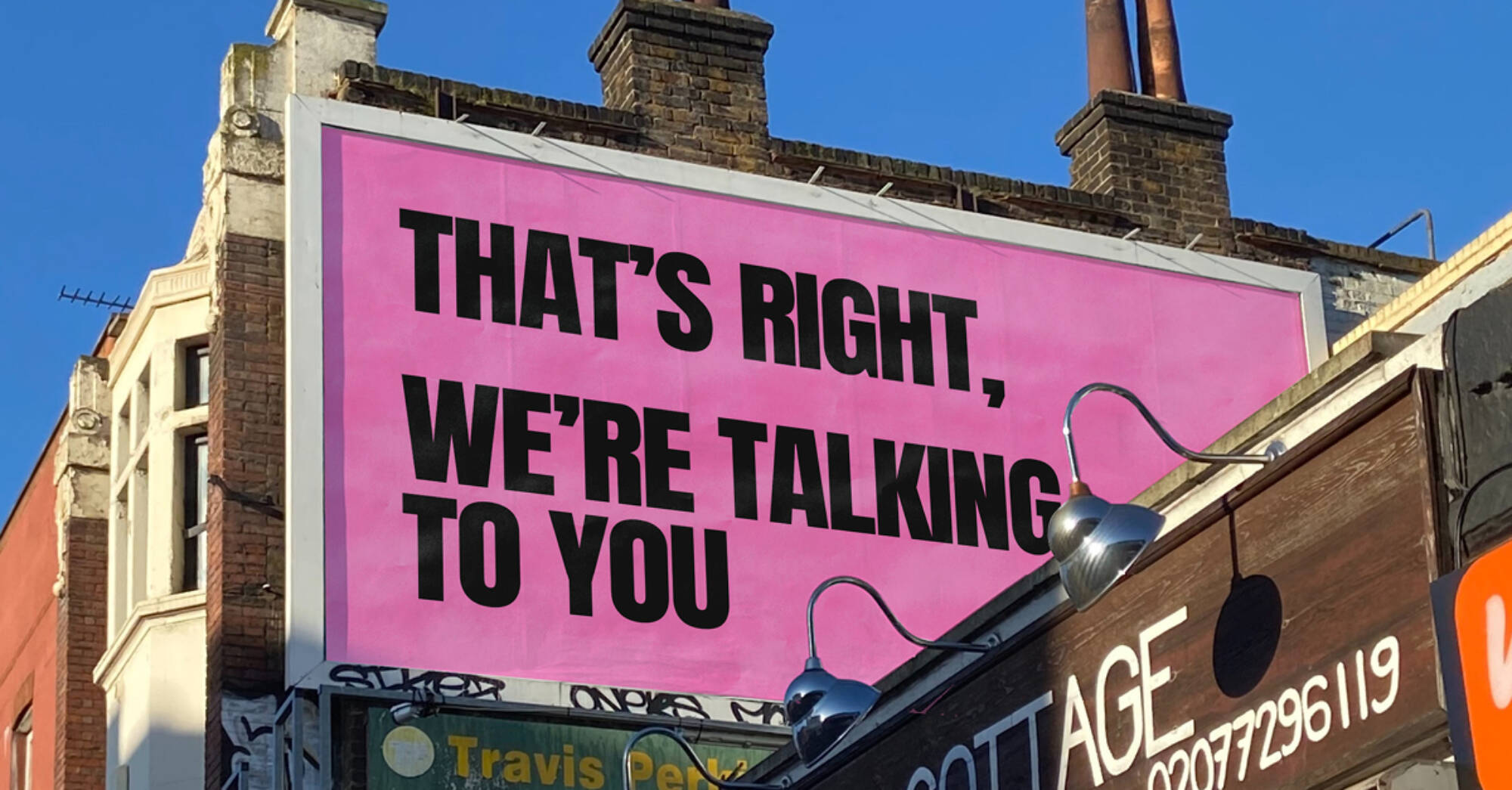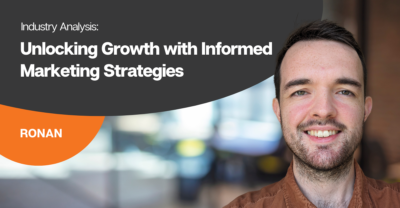
Audience-centric advertising: what is it and why does it work?
The classic telly commercial has stiff competition these days. Ad placement options have grown and changed massively as new technologies and trends have emerged. We’re now used to seeing ads everywhere - across social media, websites, transport, apps, and more. But it’s not only where we see adverts that’s changed, but how well-targeted they are, too.
Do you ever feel like something omnipotent is watching you after you’ve spent an hour online shopping and then log in to your favourite social media platform only to see an advert for the product you were looking at just ten minutes before? Fear not: we’re not experts in divinity but we don’t think there’s anybody watching over your ‘funny cat meme’ YouTube searches. This is retargeting at work.
What about when you hear or see an advertisement that feels like it has been tailor-made for you, and the product or service is just what you need (or want) at that time? This is not retargeting, but audience-centric advertising.
Retargeting is different from audience-centric advertising as the ads serve a different purpose.
Retargeting can be a personalised advert but is usually used after a consumer has left your website without making a purchase or conversion. It works by reminding consumers of your products or services and giving them a link to quickly and easily get back to your website.
On the other hand, audience-centric advertising is a strategy that really fits the audience’s needs or desires and deeply resonates with them. This is achieved by having a detailed understanding of your key audiences and using the right combination of timing, messaging, and placement to deliver your advert. If done correctly, it can be highly effective at driving loyalty and conversions.
Here are four great examples of audience-centric advertising that show how effective it can be.
Snickers
This cheeky chocolate company took their well-known brand message, ‘You’re not you when you’re hungry,’ to the next level with their ‘Hunger Spotter’ campaign.
Snickers have previously favoured the use of video to deliver their message, but this audience-centric campaign used a new targeting technique to capture people’s attention in a classic Snickers way.
Using Spotify, the brand targeted those listening to music that they wouldn’t normally listen to. If you usually had country music blasting out of your speakers and you then chose to listen to some rock, you would be served with the Snickers ad. The ad featured the signature line, ‘You’re not you when you’re hungry’, set to the listener’s preferred music genre.
This campaign works because it stays true to Snickers’ brand values while using a unique delivery method for the message, surprising the audience with its knowledge of their habits.
McDonald’s
McDonald’s is a brand that listens closely to its audience. Through the years we’ve seen them provide healthier menus, options to track their food sourcing, longer opening hours, and even delivery to your doorstep. But have you ever arrived at McDonald’s at 11.01 am only to be told that the breakfast menu stopped at 11.00 (cue eye roll)?
Using social listening software, Mcdonald's noticed a trend in discussions around this topic. By ‘listening’ to customer conversations, McDonald’s realised there was enough demand for an extended breakfast service so decided to launch the All Day Breakfast menu in select stores.
To launch the campaign, McDonald’s used Twitter to send personalised tweets announcing the new menu to every person that had advocated for this option on the platform. We think this is a great way to create buzz and engagement around a launch. It also encourages audiences to leave feedback because it proves that once in a while if you ask, you might just get!
Podcast ads
The previous examples looked at brands that have created audience-centric ads either by using media platforms differently or audience data in creative ways. Now we come to an audience-centric approach that focuses on the delivery of the advert.
Ads on podcasts are a great example of this: in our opinion, the ads that are done well on podcasts feel much less 'salesy' than your typical ad, and it can almost feel like a friend is recommending a product.
On Reasons To Be Cheerful by Ed Miliband and Geoff Lloyd, the ads for all brands are read out by the same female voice or the presenters, and they sound trustworthy and genuine. The advertising companies seem well-matched to the audience - there’s a community grant ad from Barclays bank, and exporting information aimed at business owners from the UK Government.
On How To Fail with Elizabeth Day, she currently kicks off the podcast by recommending a beauty cream, extolling its benefits and talking about her personal experience with skin that needs a boost. When we talked about this advert in Dynam (there are many fans of this podcast among us!), we realised that this casual, friendly delivery had driven most of us to look up the product online, no doubt inspired by the trust we feel in the well-respected presenter.
Thortful
Our last example is a brand that is switched on to the individual challenges faced by its customers. Thortful sells greeting cards online, so it has a wide audience.
If you sign up to the company’s mailing list, you receive reminders about ordering cards in good time for occasions such as Mother’s Day and Valentine’s Day. Thortful has realised that these occasions may not be viewed in the same way by all of its customers and that some people may experience negative emotions connected with them.
As a result, it sends out an initial email acknowledging this fact and gives you the opportunity to unsubscribe from any further marketing emails related to that event. This is sensitive and switched-on marketing, with the added benefit for Thortful of making the company appear very human - making us more likely to buy cards from them!
The next time you see or hear an advert that seems particularly resonant, take a moment to think about whether it might be an audience-centric approach that’s helping the message hit home with you. And if you need a helping hand to define your audiences and work out how best to reach them, give us a shout...



